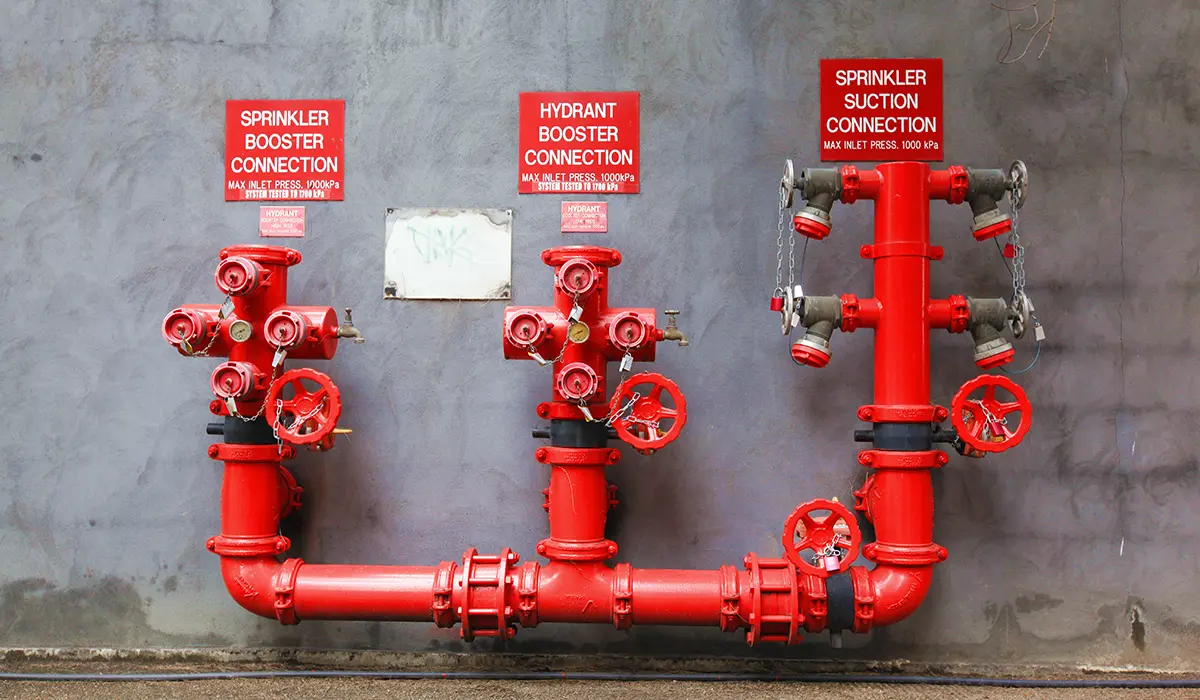
How to Coordinate with the Fire Brigade for Hydrant Testing Support
Fire hydrants are a critical part of the UK’s firefighting infrastructure, providing essential access to water in emergency situations. Ensuring these hydrants are tested, maintained, and fully functional is not just a regulatory requirement but a life-saving necessity. One of the most important aspects of effective hydrant management is coordination with the local Fire and Rescue Service (FRS). This article provides a comprehensive guide on how to coordinate with the fire brigade for hydrant testing support in the UK.
Why Coordinate with the Fire Brigade for Hydrant Testing Support?
The fire brigade – formally referred to as the Fire and Rescue Service – has a vested interest in the operational status of fire hydrants. In fact, local fire services are typically the designated authorities for inspecting, testing, and approving hydrants. Coordination ensures:
- Compliance with BS9990:2015 and relevant water authority guidelines
- Efficient and safe testing procedures
- Minimisation of disruption to traffic and water services
- Accurate documentation and reporting for audit and insurance purposes
Step-by-Step Guide to Coordinating Hydrant Testing Support
1. Identify the Responsible Authority
In the UK, responsibility for fire hydrants usually falls under the jurisdiction of the local water authority, but the local Fire and Rescue Service often manages inspections and testing. Begin by contacting your local FRS to understand their specific role in hydrant maintenance within your area.
2. Establish Contact Early
Coordination should begin as early as possible, especially if you’re planning large-scale or routine hydrant testing. Establish contact with the local fire brigade’s hydrant officer or fire safety team. You may be required to complete a formal application or submit a work plan detailing:
- The number of hydrants to be tested
- Proposed testing dates and times
- Exact locations, preferably with GIS coordinates
- Access requirements and traffic management plans
3. Confirm Hydrant Ownership and Access Rights
Not all hydrants are public. Some may be private (e.g., on industrial estates or large commercial properties), requiring separate permissions. The fire brigade can help verify ownership and may liaise with the water authority on your behalf. Ensuring legal access prevents unnecessary delays and complications.
4. Risk Assessments and Health & Safety
Most fire brigades will expect a method statement and risk assessment to be submitted prior to any testing activity. Testing involves opening hydrants under pressure, which can create hazards such as traffic disruption, water spray, or surface erosion. Your plan should address:
- Site-specific risks
- Use of safety equipment
- Public safety measures (e.g., signage, barriers)
- Emergency shut-off procedures
5. Schedule Testing During Low-Demand Hours
Most fire brigades and water companies prefer hydrant testing to occur during off-peak hours to reduce impact on water supply and local communities. Early morning hours or weekends are often recommended. Always confirm your proposed schedule with the fire brigade to avoid conflicts with training exercises or operational needs.
6. Collaborate on Flow Testing
Flow and pressure testing is a vital part of hydrant maintenance. Some fire brigades have the equipment and expertise to conduct these tests accurately. In some cases, they may carry out the tests themselves or supervise third-party contractors. Ensure that any data collected—such as static and residual pressure—is recorded in line with BS9990 standards.
7. Maintain Accurate Records
Fire brigades usually keep their own records of hydrant condition and testing history, but they may require you to submit your findings as part of their database. Always document:
- Date and time of testing
- Personnel involved
- Test results (flow rates, pressures, faults)
- Corrective actions taken or required
This information may be crucial for future audits, insurance claims, or legal proceedings.
Common Challenges and How to Overcome Them
Access Restrictions
Urban areas may have hydrants located in busy roads or behind locked gates. Work with the fire brigade to obtain keys or permissions, and consider traffic control support.
Low Water Pressure
If you identify hydrants with insufficient flow or pressure, the fire brigade can escalate the issue to the relevant water authority. They may also provide alternative firefighting strategies for areas with inadequate coverage.
Communication Gaps
Miscommunication can cause delays or duplication of effort. Assign a single point of contact from your team to liaise with the fire brigade throughout the process.
Conclusion
Effective fire hydrant testing is a shared responsibility between property owners, water companies, and the fire brigade. By proactively coordinating with the Fire and Rescue Service, you can ensure tests are conducted safely, efficiently, and in full compliance with UK regulations. This collaboration not only protects infrastructure but, most importantly, saves lives in the event of a fire emergency.
For more information on Fire Hydrant Testing Support contact Total Safe UK.
